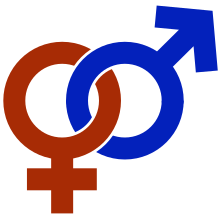However, it's important to note that children's understanding of gender may be simplistic and based on external cues. For example, a child might associate long hair and a dress with being a girl and short hair and pants with being a boy. This early gender categorization is a cognitive developmental milestone, and it doesn't necessarily reflect a deep understanding of gender identity.
In situations where a child's gender is not immediately clear to adults due to gender-neutral clothing or hairstyles, children may rely on other cues or may express uncertainty. If children are exposed to diverse gender presentations, they may become more flexible and open-minded in their early gender categorizations.
It's also important to recognize that gender identity is a complex and personal aspect of human experience. While many children may categorize themselves and others based on observable traits, some children may express feelings or preferences that don't align with societal expectations related to their assigned gender at birth.
Overall, children's ability to sense and categorize gender is a part of their early cognitive development, but it evolves over time as they gain a deeper understanding of gender identity and expression. Parents, educators, and caregivers play a role in supporting children's understanding of gender in ways that are inclusive and affirming of diverse gender identities.


No comments:
Post a Comment